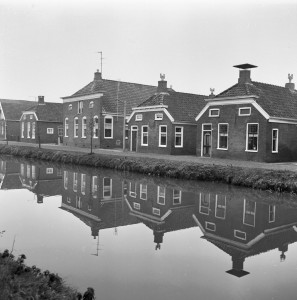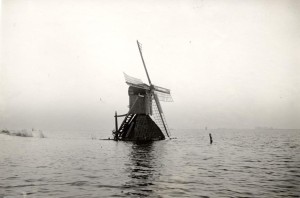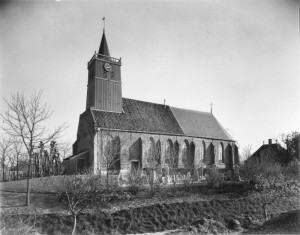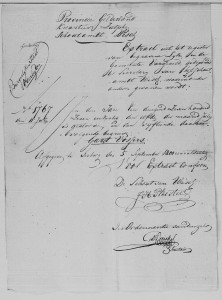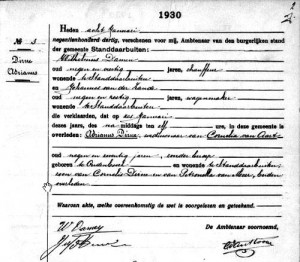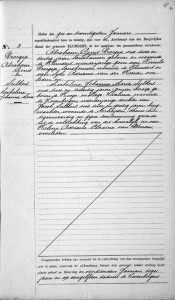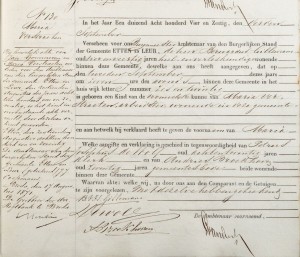Since the introduction of the civil registration (in 1811 in most part of the Netherlands), everybody was supposed to have a fixed name. Everybody who did not have a surname, was required to take a name and have that recorded. The reality was not always so neat. Especially in regions where many people did not have surnames before 1811, like Friesland, Groningen, Overijssel and Gelderland, the same person may appear in civil registration records under different names. Willem Lucas de Jonge and … [Read more...]
Ask Yvette: Resolving Conflicting Evidence in Early Civil Registration Records
Quick tip: There is no village called ‘Burgerlijke Stand’
In some of the records at Familysearch, the place of birth is listed as 'Burgerlijke Stand' followed by the name of a municipality in the Netherlands. 'Burgerlijke Stand' means 'Civil Registration' and is not a location. The way it is included in the record sets on Familysearch makes it look like a village. When these records were imported by Ancestry.com, these errors were copied too. This particular mistake has now been fixed on Ancestry.com, but can still be found on Familysearch. Read … [Read more...]
Quick tip: Find church records at the archives, not at the churches
When the civil registration was introduced in 1811 or slightly earlier, the government required that all churches turn in their baptismal, marriage and burial records. These church records would become the foundation of the civil registration, where government officials could determine when a person was born, married and died. … [Read more...]
Quick tip: Use Genver to find Dutch records on Familysearch
UPDATE 11 June 2014: The website Genver.nl has been discontinued, the service to find records is now available at Geneal-IX. Familysearch.org has a tremendous amount of digitized records from the Netherlands: Church records Civil registration records (births, marriages, deaths) Census records and population registers Not all records are available for all towns and finding out exactly what is available can be cumbersome if you just use the Familysearch website. … [Read more...]
Marriage supplements: gateway to more information about your ancestors
Since the introduction of the civil registration in 1811, a bride and groom had to submit several documents to prove they were eligible to get married. Not only do these records tell you when your ancestors were born, but they may also provide information about their physical appearance, death dates of parents and previous spouses or even of their grandparents. These documents are known as the 'Huwelijksbijlagen' and most of them still exist and can be found online. … [Read more...]
Death record
Death records are a part of the civil registration. A death record lists the following data:Place, date and time of death Names of parents Names of spouses Name, profession and age of the one registering the birth Names, profession and age of the witnesses Often: address where the death took place … [Read more...]
Marriage record
Marriage records are a part of the civil registration, introduced in 1811 or slightly earlier in Limburg and Zeeuws-Vlaanderen. Marriage records contain the following information: Name, age, profession and place of birth and residence of the bride and groom Names of their parents, and if they are still alive their professions and place of residence If any: names of previous spouses (either divorced or deceased) Name, age, profession and place of residence for 4 witnesses … [Read more...]
Using birth records (geboorteaktes) to find your Dutch ancestors
Birth records (Dutch: geboorteakte) are a part of the civil registration and were kept since 1811 (or slightly earlier for some parts of the Netherlands). A birth record lists the following data: Place, date and time of birth Names of parents Name, profession and age of the one registering the birth (often the father) Names, profession and age of the witnesses Often: address where the birth took place … [Read more...]
Civil registration
For the nineteenth and twentieth century, the civil registration is the primary genealogical resource. All the births, marriages and deaths (BMD) were recorded. Usually, only using the civil registration you can compile a 'backbone' of a pedigree that goes back to the late 1700's. … [Read more...]
